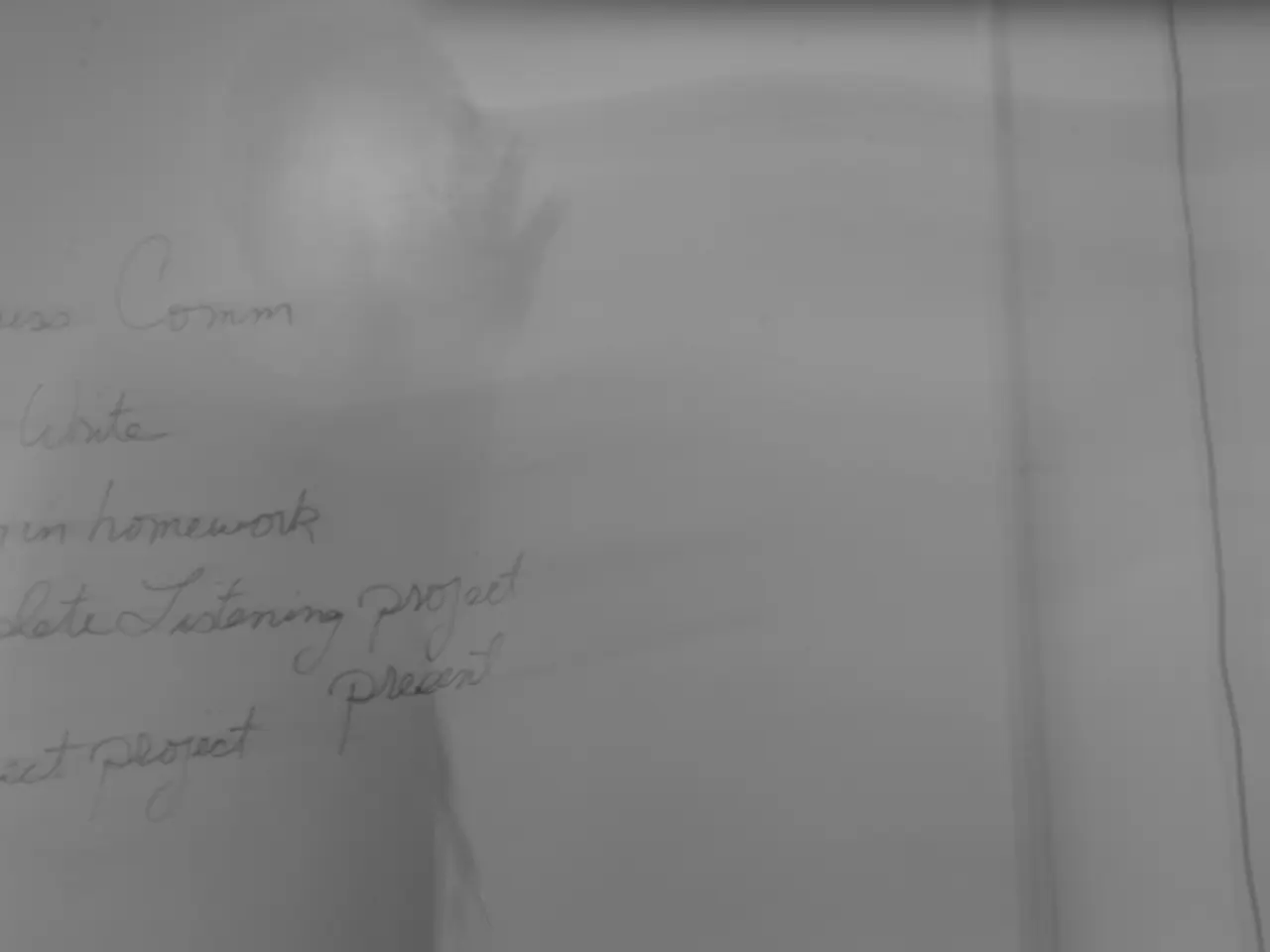Analysis of Critical Discourse
In the realm of linguistics, Critical Discourse Analysis (CDA) stands as an interdisciplinary approach that delves into the intricate relationship between language, power, and social issues. CDA offers valuable tools for analyzing how discourse constructs, maintains, and potentially challenges social inequalities within various social contexts.
CDA researchers are particularly interested in how language plays a role in social issues like discrimination, inequality, and abuse of power. One striking pattern that has been revealed is the significant interruption of women in mixed-gender conversations by dominant groups.
Dominant groups often have more access to influential genres of discourse, such as professors controlling scholarly discourse, teachers controlling educational discourse, journalists controlling media discourse, lawyers controlling legal discourse, and politicians controlling policy and other public political discourse. These groups can control the genre, speech acts, topics, and even the style and meaning of discourse.
Powerful speakers may abuse their position by dictating who speaks and when in a conversation. This is a stark example of how language reflects and reinforces existing power structures within society.
CDA goes beyond simply analyzing the words themselves; it also looks at the context in which the language is used. This includes the social, historical, and cultural background when understanding a text or conversation.
Current research emphasizes the growing importance of intersectionality, recognizing the interconnectedness of gender with other social categories like race, class, and sexuality. Key findings from this research include the idea that racism, including antisemitism, xenophobia, and other forms of prejudice against racially or ethnically defined groups, is a complex system of social domination perpetuated through discourse.
CDA takes an explicit position, wanting to understand, expose, and ultimately resist social inequality. Contemporary research emphasizes the social construction of gender, recognizing gender as fluid and multifaceted rather than a fixed binary.
Common examples of CDA research focusing on power dynamics, social problems, contextual language, and practical relevance include:
- Ethnic representation in promotional materials: CDA is used to analyze how language and images in heritage promotion reflect power relations and ideologies influencing ethnic identities and social cohesion. This reveals how such discourse can reinforce or challenge stereotypes and social inequalities in multicultural contexts.
- Political memes and governmental discourse: Studies apply CDA to political communication—such as memes or ministerial dialogues—to uncover implicit power struggles, political identities, and ideological positions. This examines how language asserts dominance, ends debates, or reflects conflicts within institutions.
- U.S.-China trade policy discourse: CDA analyzes lexical choices, framing, and rhetoric in official and media texts to reveal ideological presuppositions and power relations in international politics.
- Media and postcolonial contexts: Fairclough’s model of CDA is applied to media texts and postcolonial language issues to study power asymmetries, ideology, and dominance in communication, exploring how language serves as a tool of control or resistance in societal power relations.
- Literary texts expressing identity and resistance: CDA investigates poems or literary works, such as Maya Angelou’s, to explore themes of power, identity, and resistance embedded in language, showing the broader social and political implications of personal and cultural narratives.
These examples reflect CDA’s interdisciplinary nature, focusing on real-world discourse events to reveal the interaction of language with power structures, social inequalities, ideological struggles, and their practical impacts on society. The studies often emphasize contextual embedding, critique of dominance, and potential for social change through awareness of discourse practices.
In essence, CDA provides a framework for understanding how language functions as a form of social practice, intertwined with power relations, and shaped by broader historical and cultural contexts.
- Critical Discourse Analysis (CDA) delves into the intricate relationship between language, power, and social issues, offering valuable tools for analyzing how discourse constructs, maintains, and potentially challenges social inequalities.
- CDA reveals the significant interruption of women in mixed-gender conversations by dominant groups, a pattern that highlights language's role in social issues like discrimination and inequality.
- Powerful speakers, like professors, teachers, journalists, lawyers, and politicians, can control genres, speech acts, topics, and the style and meaning of discourse, reflecting and reinforcing existing power structures in society.
- CDA goes beyond analyzing words; it also considers the context in which language is used, including the social, historical, and cultural backgrounds when understanding a text or conversation.
- Current research emphasizes the growing importance of intersectionality, recognizing the interconnectedness of gender, race, class, and sexuality, and their impact on social inequalities, such as racism, including antisemitism, xenophobia, and other forms of prejudice.
- CDA seeks to understand, expose, and resist social inequalities, taking an explicit position in the social construction of gender as fluid and multifaceted rather than a fixed binary.
- Applications of CDA include analyzing ethnic representation in promotional materials, political memes and governmental discourse, U.S.-China trade policy discourse, media and postcolonial contexts, and literary texts expressing identity and resistance, all aiming to reveal the interaction of language with power structures, social inequalities, and their practical impacts on society.




